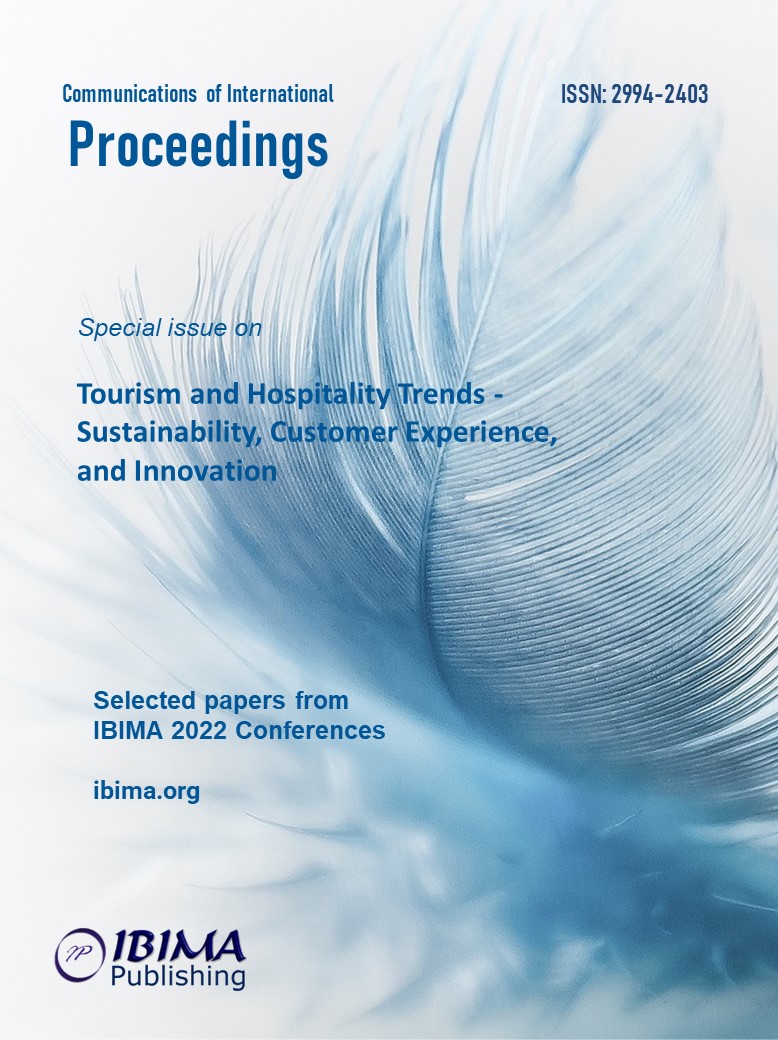
1Dumitru NANCU, 2Anda-Ileana NECULA, 3Andrei Marcel MANOLE and 4Gheorghe Dan ISBĂȘOIU
1 The Bucarest University of Economic Studies, Doctoral School Economics II, Bucharest, Romania
2, 3 Valahia University, Doctoral School Economics, Targoviste, Romania
4 Petroleum-Gas University of Ploiesti, Faculty of Economic Sciences, Ploiesti, Romania

The main information that characterizes the activities in the field of tourism is provided by the aggregate indicators presented in the Tourism Satellite Account. They provide a rough picture of the economic activities of the tourism industries, characterizing this phenomenon globally. The research that has been carried out so far, contains, in addition to analyzes on the values recorded and decompositions on factors of influence or their regionalization.
The aim of this article is to identify the share of natural resources in the aggregate indicators of tourism, using well-known, well-defined indicators, namely the capacity of existing tourist accommodation and the number of overnight stays. The research is conducted on the South Muntenia Region in Romania and corresponds to 2019. The analysis method used is statistical mediation where the existing accommodation capacity was considered as an independent variable, and the number of overnight stays as a resultant element. Following the analyzes, it was concluded that approximately 61% of the tourist activities are due to the influence of natural resources, the remaining 39% being as a result of the other categories of resources. Taking into account the analyzed data that approximately 30% of the 39% are given by business tourism, it results a very small percentage for what would mean other categories of tourism activities.